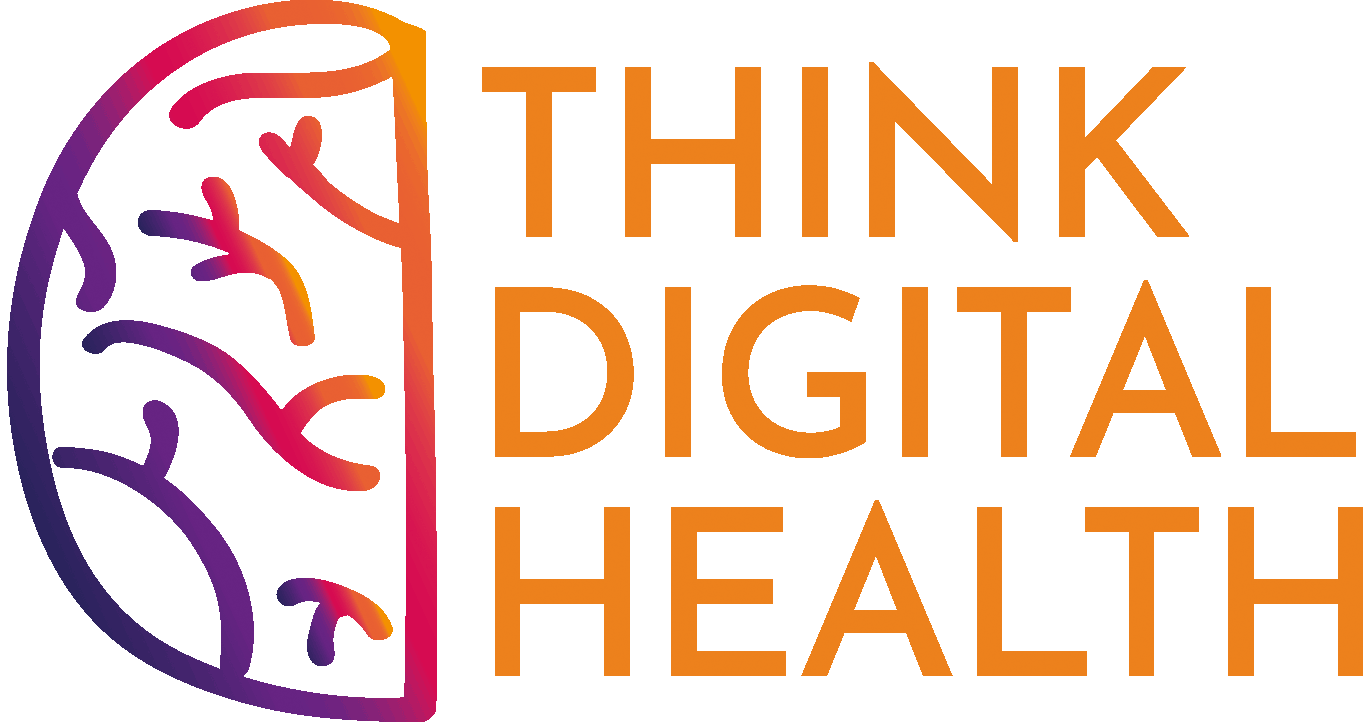A Primer on Real World Data
- Christy Cheung
- Sep 3, 2019
- 4 min read
The most rigorous method for assessing the efficacy and safety of novel therapies is through the use of randomized controlled trials, but in recent years, the emergence of ‘real world data,’ has put this gold standard to test.
Real world data (RWD) encompass patient data not only from electronic health records and insurance claims, but also from mobile health applications, wearables, and other forms of smart devices or biosensors.
Now, to quickly clarify some terminology, we often see both ‘real world data’ and ‘real world evidence’ referenced. Real world evidence (RWE) simply refers to the set of evidence that is extrapolated from analyzing the real world data, associated with the use of a medication or medical device.
RWD (and RWE) are by no means brand new concepts. We have been seeking to accumulate supportive real world data for some time now, but in recent years, our ability to extract and store data has grown exponentially. The rise in popularity of RWD really coincides with the uptake of such technologies that have become so commonplace in our lives and in our homes. Traditionally, in randomized controlled trials (RCTs), the data that are captured are not entirely representative of the global population. The trials are often restricted to younger patients, typically Caucasians, who do not have any comorbidities (in other words, coexisting conditions) and have adequate organ function (ex. kidney, liver). For patients who do not fit those descriptors — the vast majority, — how, then, can we confidently say that the prescribed therapy will provide some level of benefit when the majority of patients were not even represented in the studied population? RWD is not intended to replace insights generated from RCTs; rather, RWD should enrich RCT data, allowing us to evaluate the effects of therapy on a more heterogeneous population, something that is not offered within the confines of RCT settings.
We should recognize that as with all data, while volume is plenty, it really boils down to the quality of that data. Let’s dive into some more detail about categories of real world data to get a better understanding of their benefits and limitations.
In terms of electronic health records (EHRs), data may include medications prescribed, clinical diagnoses, medical images, and laboratory results. The issue that comes up time and time again is that because EHRs are largely not interoperable, these data remain siloed within the different institutions the patients visit. What happens when patients switch employers, insurance providers, or pharmacies? What happens when patients move somewhere else entirely? The fragmented nature of a patient’s health data is further compromised by the antiquated paper-based systems, which are still widely prevalent in Canada and globally. And yet, another challenge that looms is the need for more tools in data analytics to draw conclusions in a standardized fashion.
With people, young and old, tracking health data such as step-counts and heart rate, it is not hard to imagine the amount of data housed within one’s smartphone or wearable; but, health data are not synonymous with numbers or clinical laboratory values. We live in a time in which the average person spends about four hours per day on their smartphone. We can shop for groceries and clothing, we can do our banking and pay bills, we can text, talk, video call friends and family, hassle-free, on these devices. The decisions we make — the taps on the screen, — become data that can speak to our preferences and behavioural characteristics, which to certain companies, can be even more valuable than traditional sources of data.
These data capture an individual’s everyday, so to speak, but we still have not quite figured out the validity of the data collected from these devices, especially when it comes to health data. In December 2018, the FDA released a Framework for their proposed Real World Evidence Program, demonstrating a commitment to exploring RWE, but they, too, highlight that there are still many unknowns across the board; in fact, a key consideration brought up in this Framework is the need to “assess both the reliability and relevance of the underlying RWD and the methodologies used to generate RWE from the RWD.” So, although there are groups making strides to incorporate the use of RWE into practice, as mentioned earlier, consistent standards have not yet been well defined to help us make sense of this gargantuan volume of data. As a result, we are left amassing health data, unsure of what to do with it — truthfully speaking, not an unfamiliar roadblock in the healthcare industry.
Having said that, we are by no means at a standstill. On a micro level, there is much we can do in terms of learning how to better understand, use, and leverage this data to improve patient care. The first step for us, in the healthcare industry, even as clinicians, is to educate ourselves on data. Data literacy skills are important at all levels within an organization and will prove to be invaluable as the entire healthcare system continues to be transformed. Analogous to how we obtain a complete patient history before making a therapeutic recommendation, it should also be our responsibility to look at non-traditional sources of data — real world data — to drive better health outcomes. Besides, who more equipped to interpret clinical data than the healthcare professionals themselves?
We need to start with us.
Thank you for reading, as always!




Comments